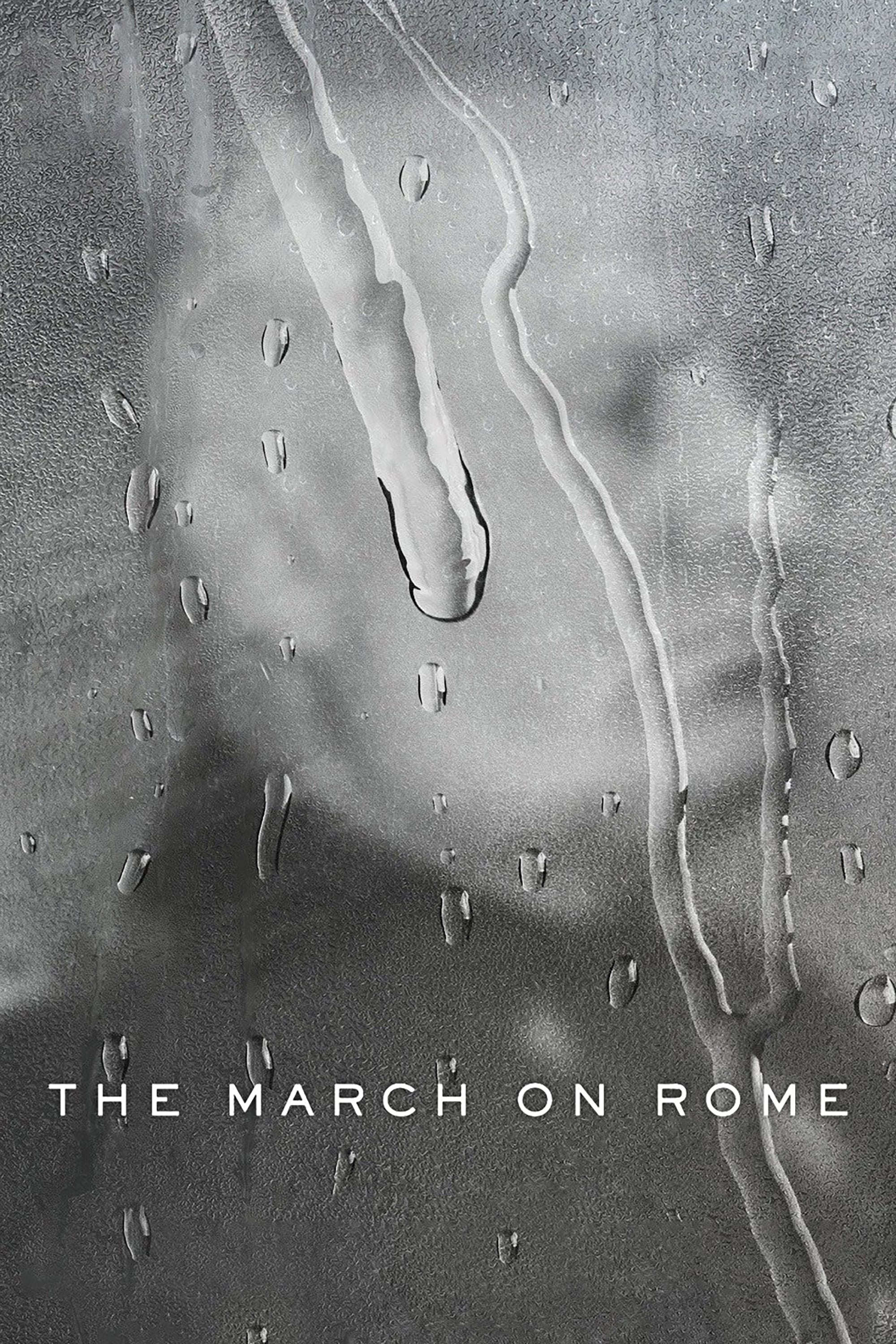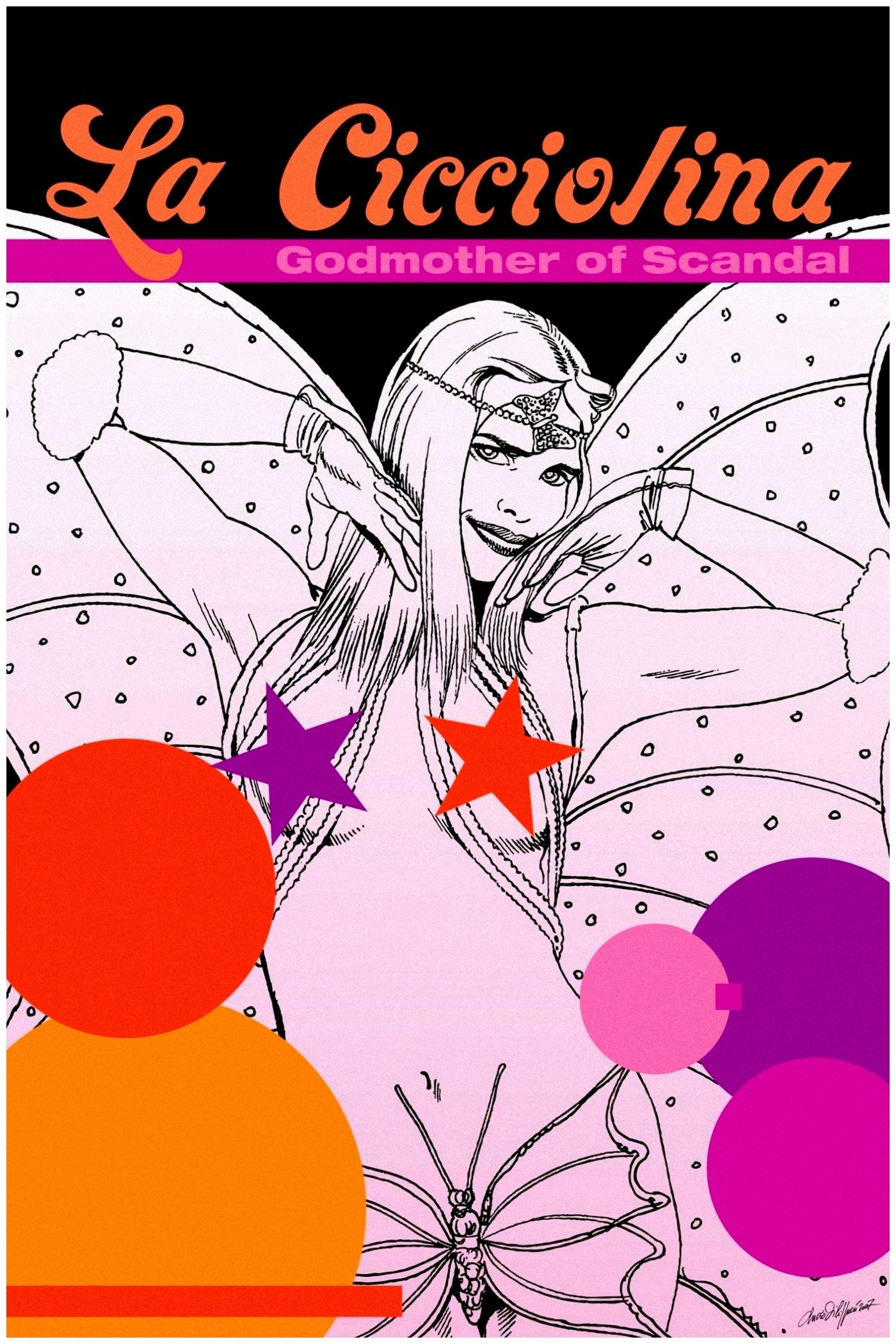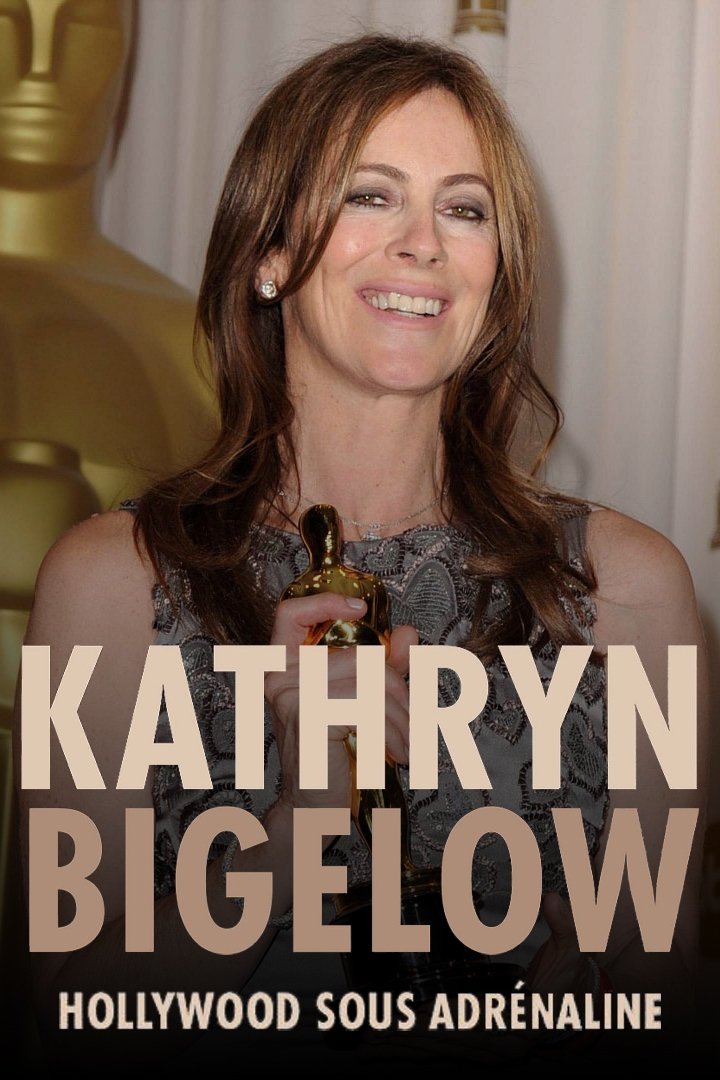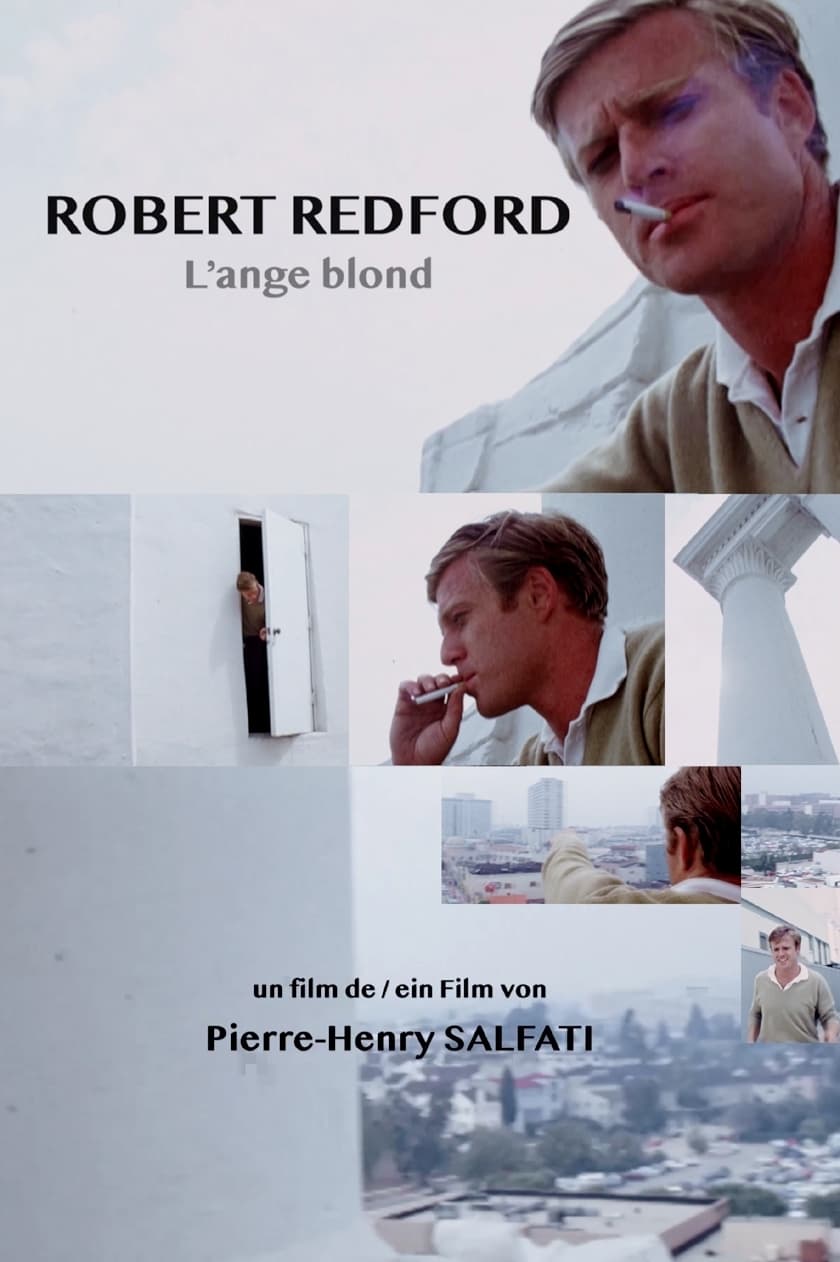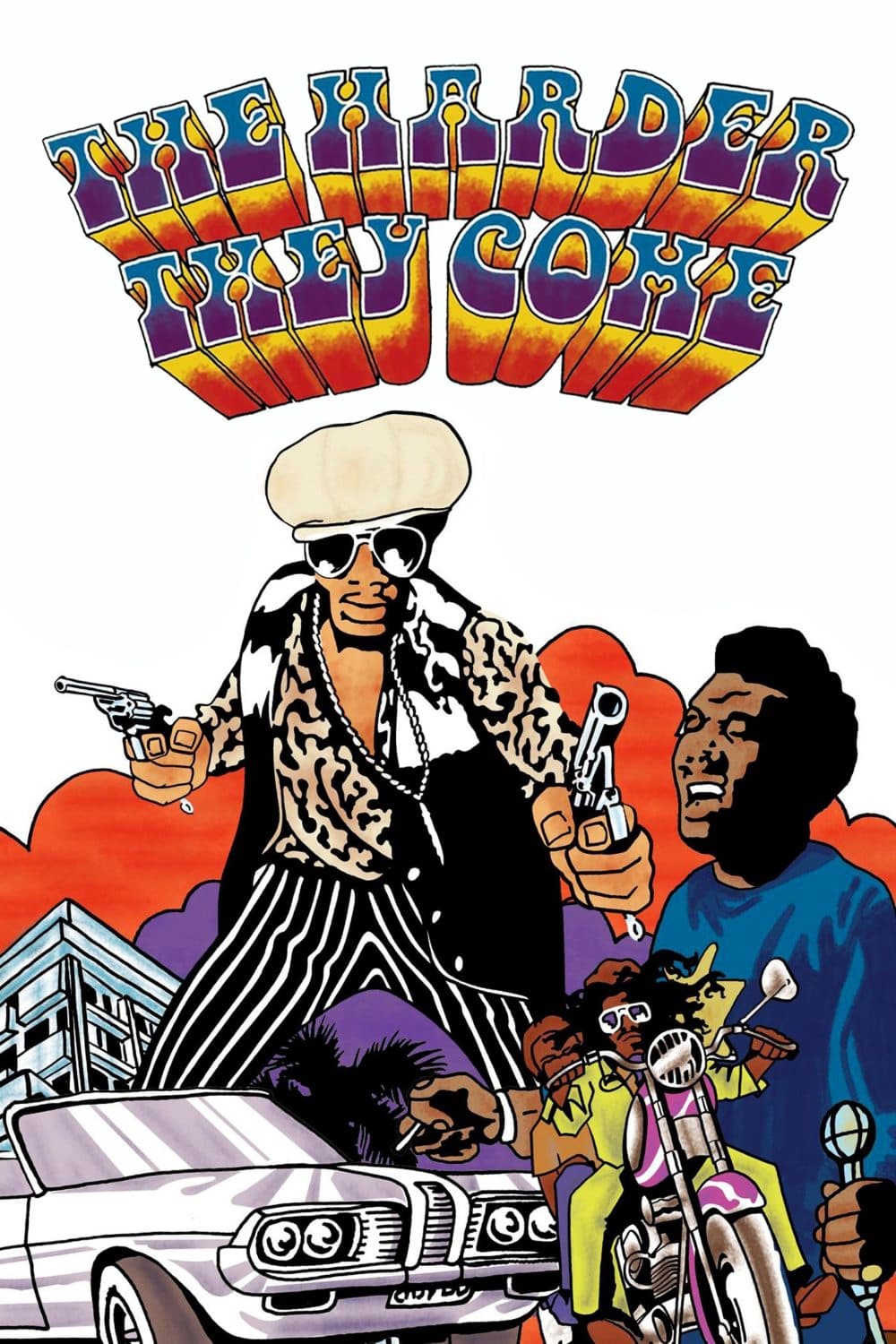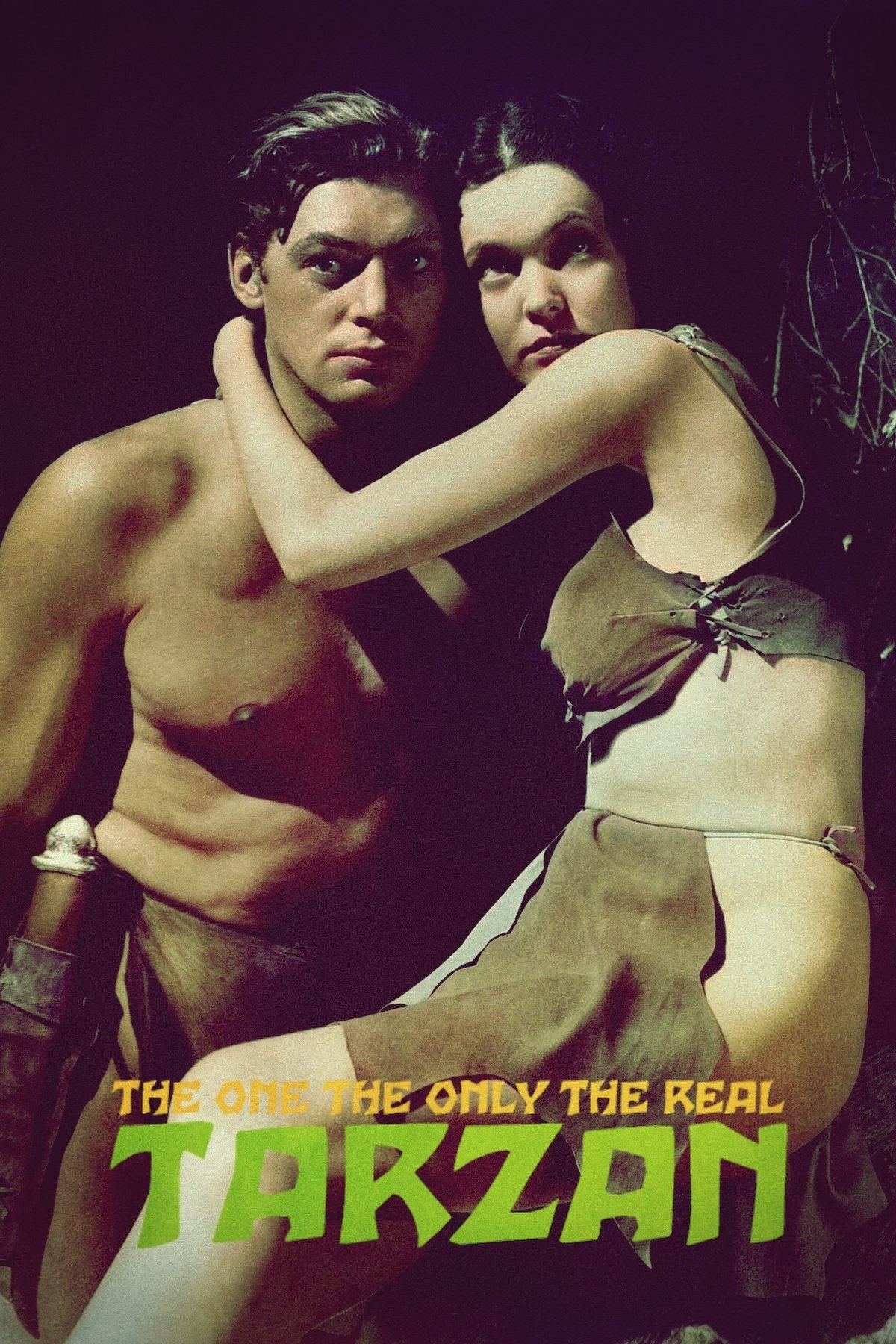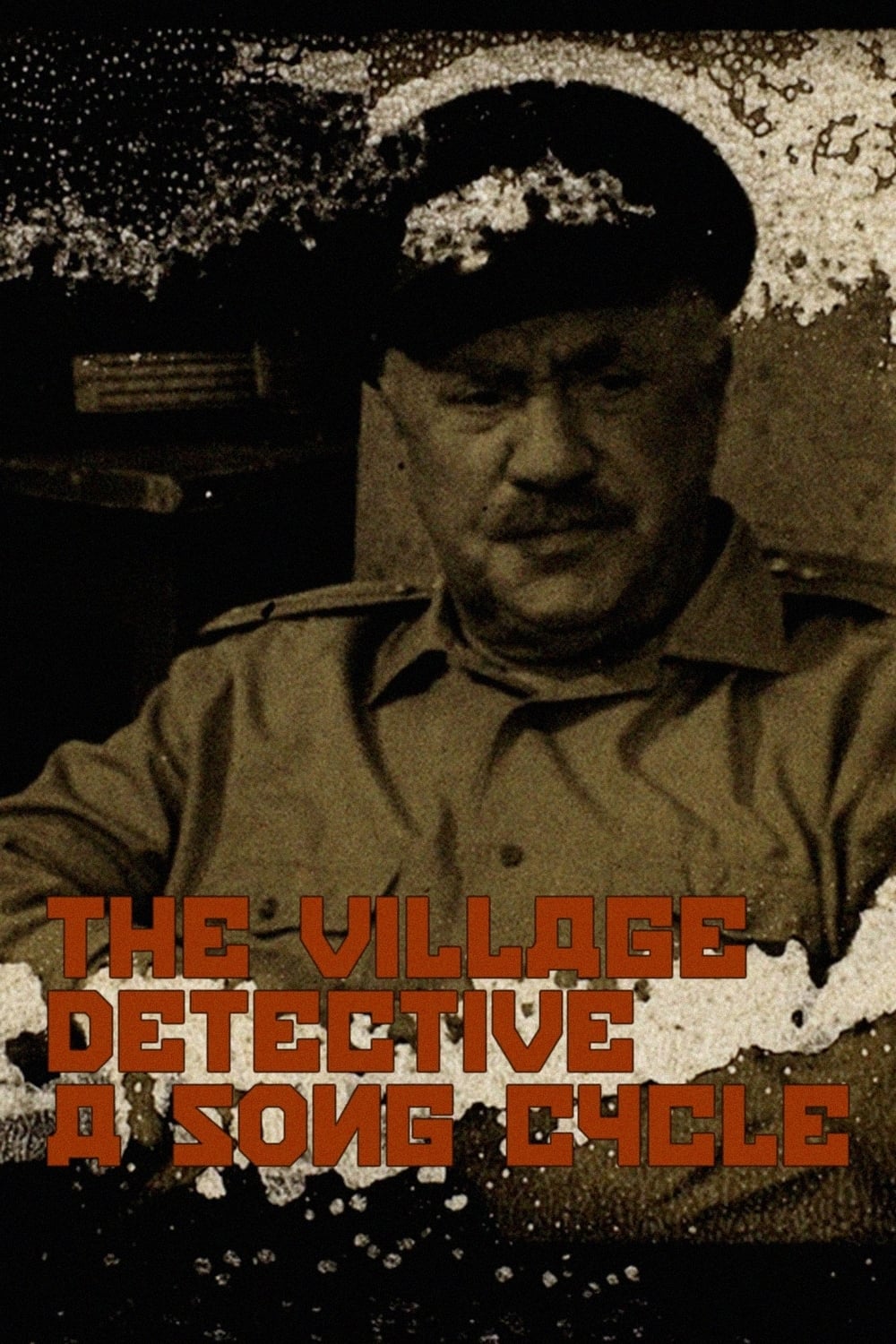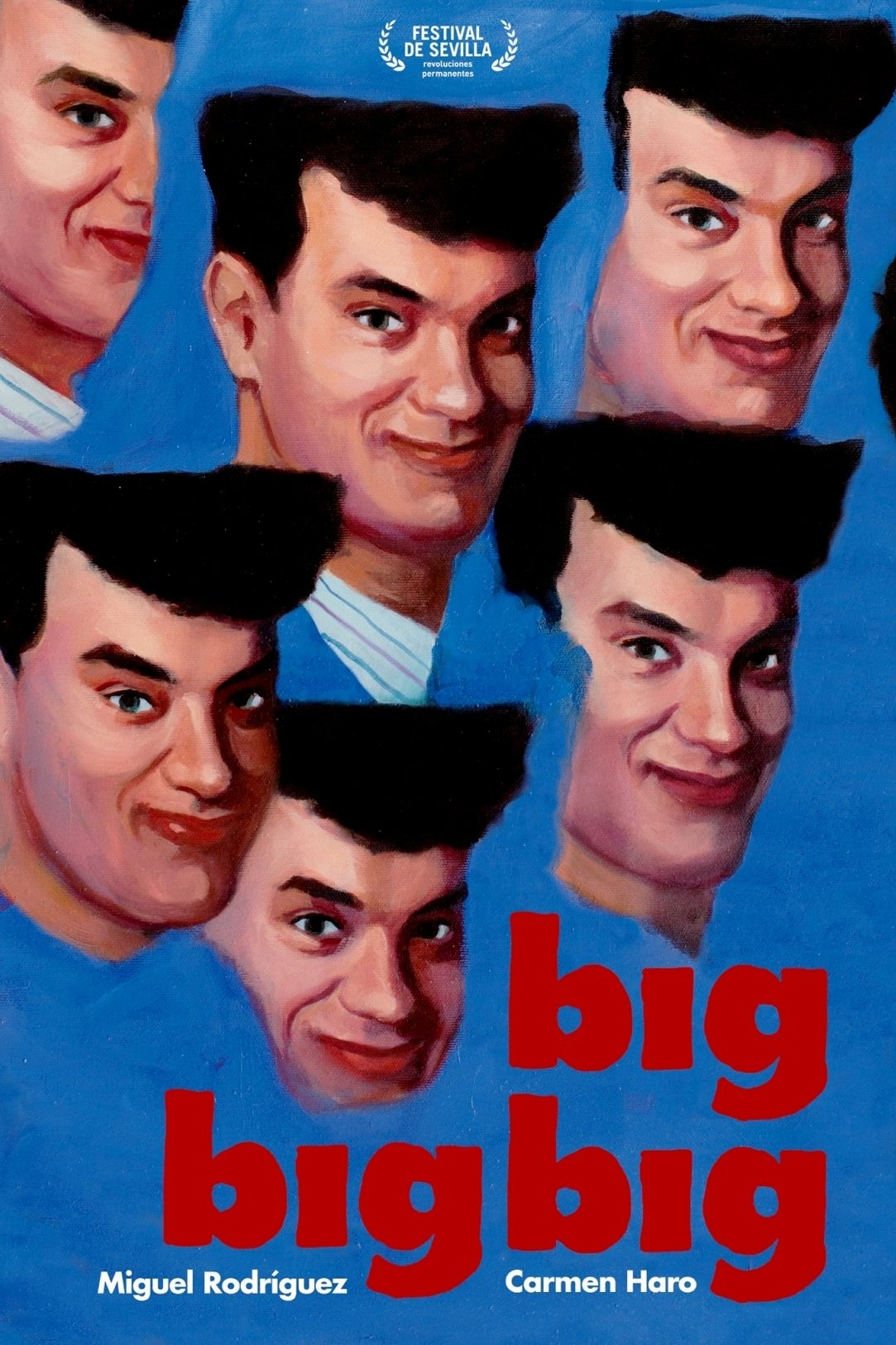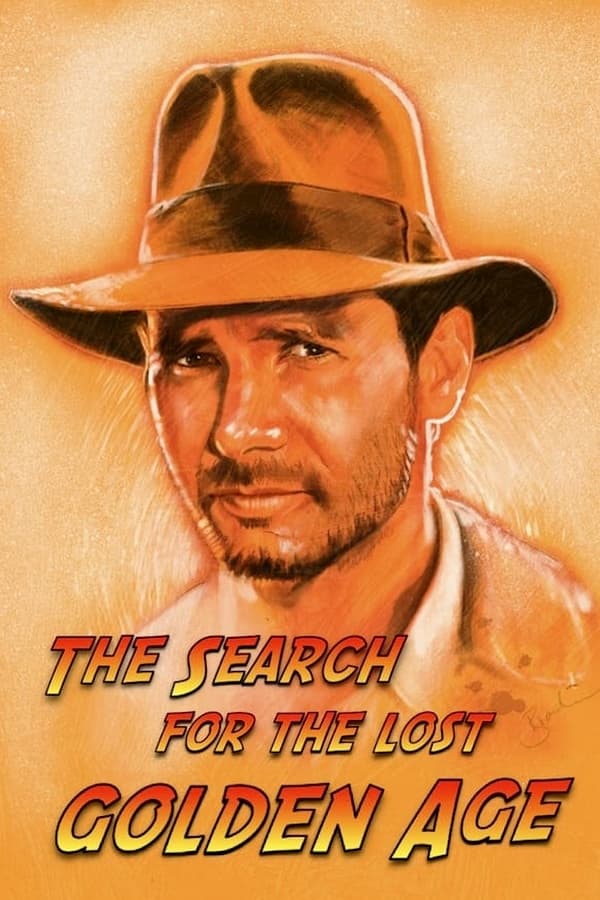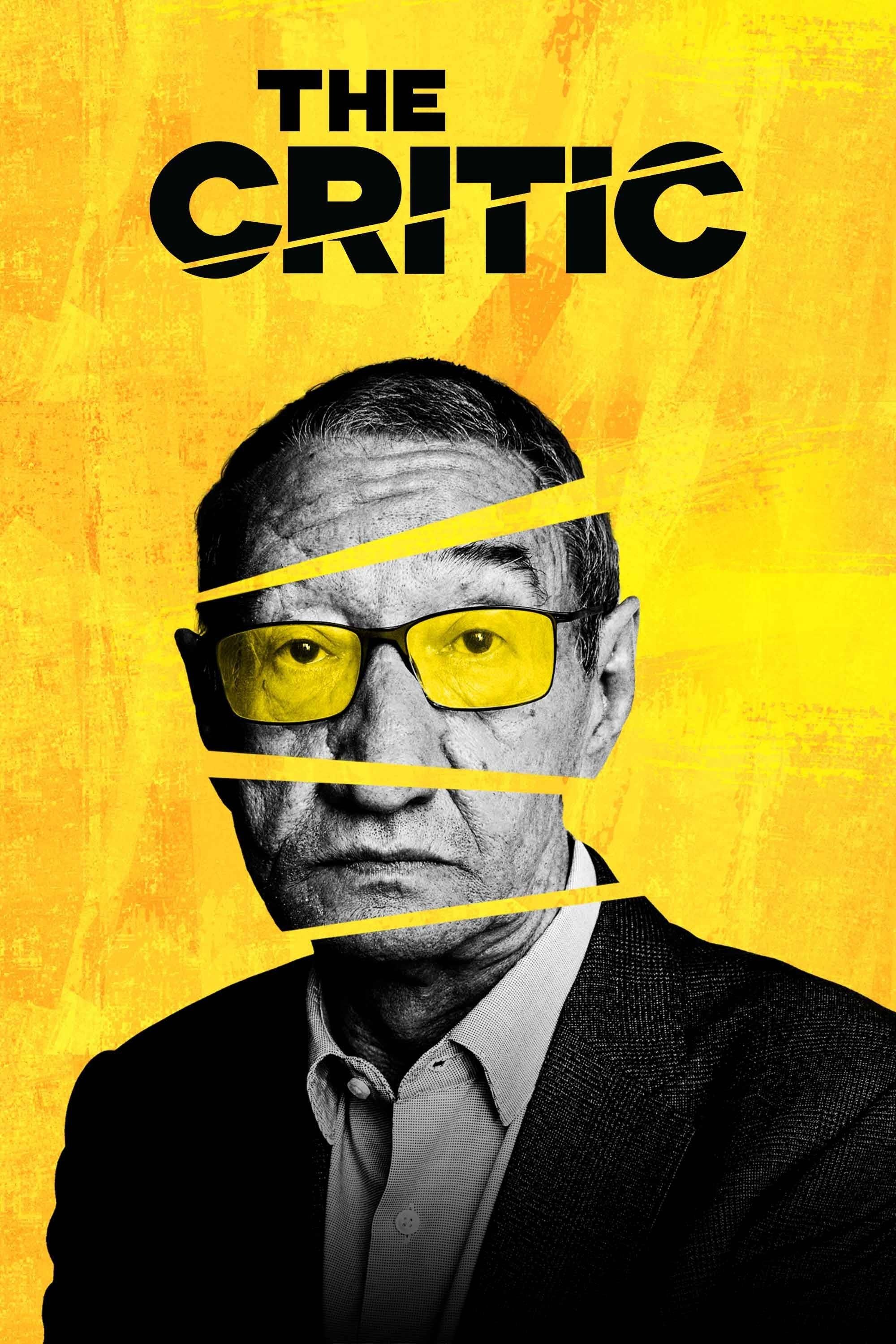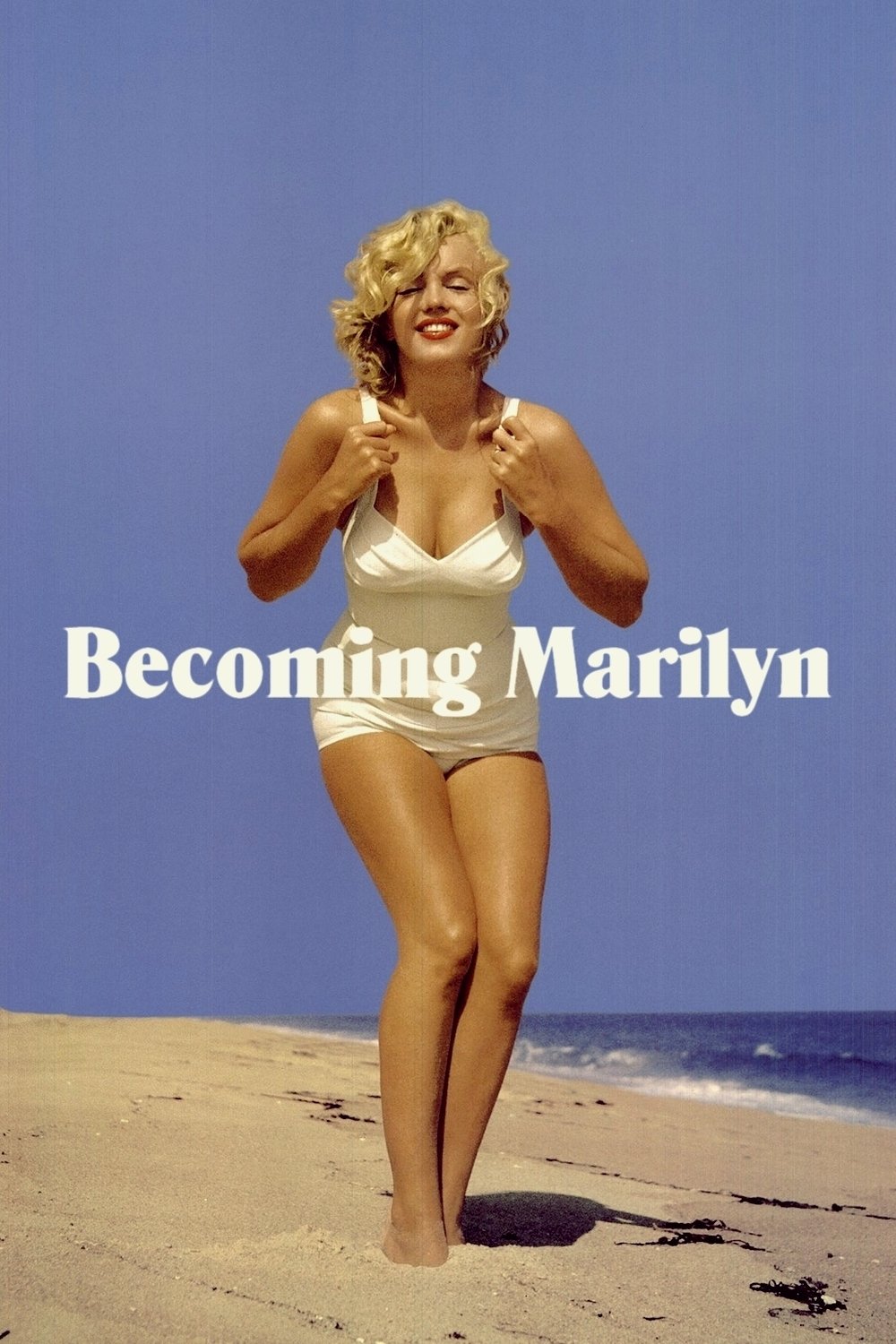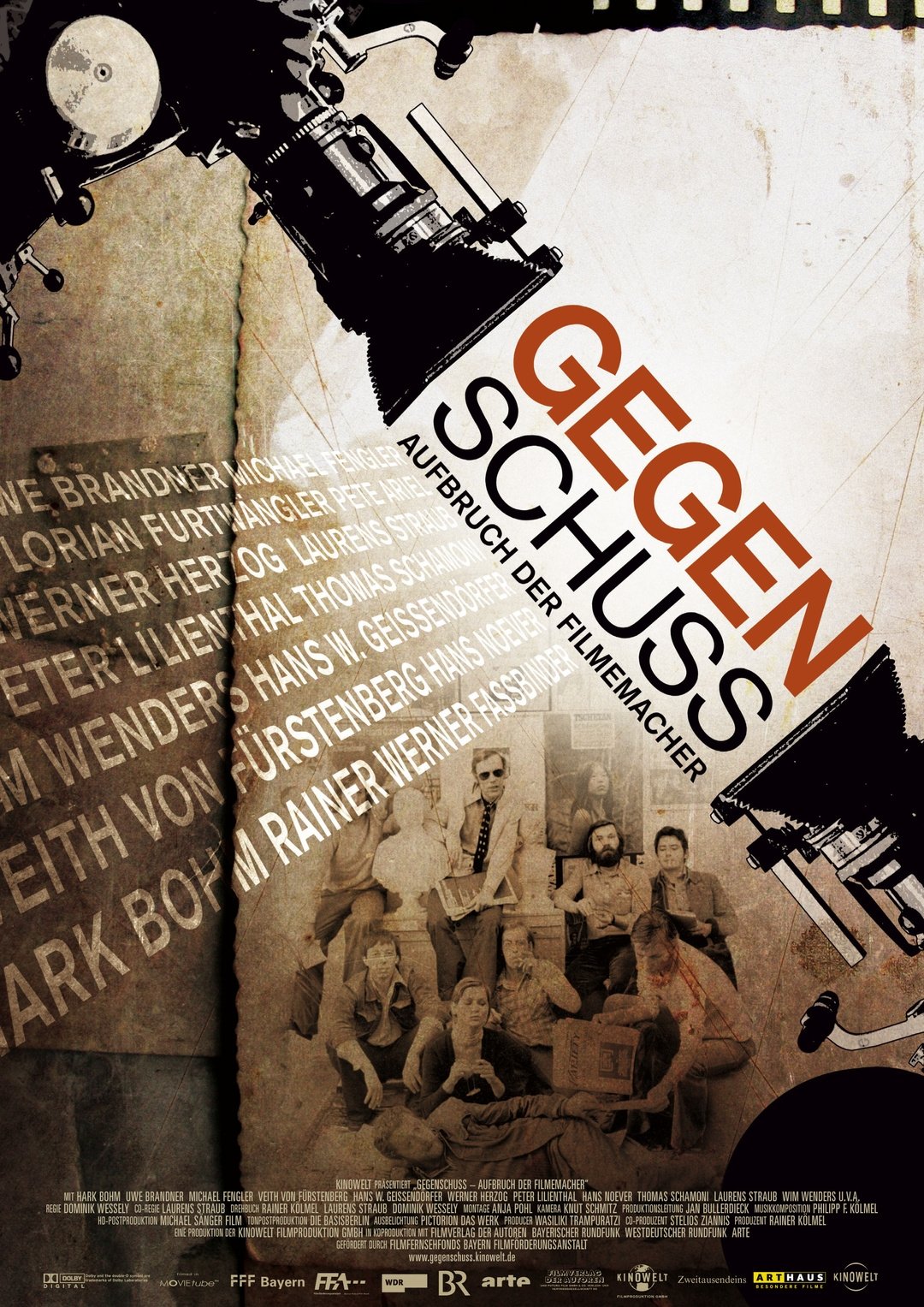Da Ponte Pra Cá
2022
0h 23m
0.0(0 votes)
Documentary
Drama
History
Overview
Links & Resources
Social & External
Production Companies
Cast & Crew
5 members
Editing
Lincoln Péricles
Unknown Role
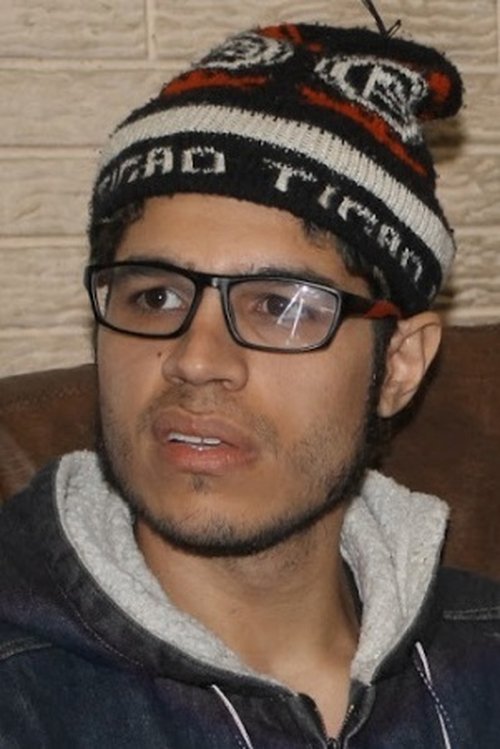
Directing
Bruno Maciel
Unknown Role
No Image
Acting
Thais Scabio
Unknown Role
No Image
Acting
Vic de Carvalho
Unknown Role
No Image
Directing
André Novais Oliveira
Unknown Role
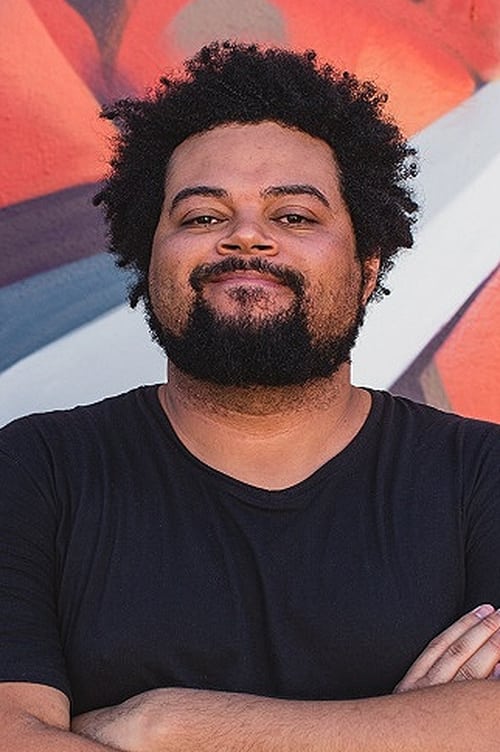
Similar Movies
Recommended Movies

No Recommendations Yet
We're working on finding the perfect movies for you. Check back soon!
More movies coming soon

